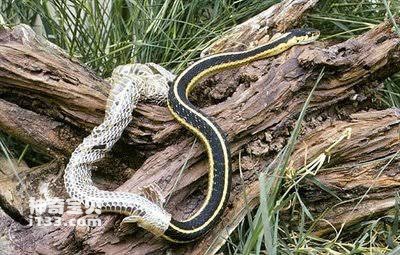rayscale: ; --tw-hue-rotate: ; --tw-invert: ; --tw-saturate: ; --tw-sepia: ; --tw-drop-shadow: ; --tw-backdrop-blur: ; --tw-backdrop-brightness: ; --tw-backdrop-contrast: ; --tw-backdrop-grayscale: ; --tw-backdrop-hue-rotate: ; --tw-backdrop-invert: ; --tw-backdrop-opacity: ; --tw-backdrop-saturate: ; --tw-backdrop-sepia: ; margin-top: 0px; margin-bottom: 1.25em; overflow-wrap: break-word; white-space: pre-wrap; color: rgb(20, 23, 24); font-family: __Karla_555e8b, __Karla_Fallback_555e8b, ui-sans-serif, system-ui, -apple-system, BlinkMacSystemFont, "segoe ui", Roboto, "helvetica neue", Arial, "noto sans", sans-serif, "apple color emoji", "segoe ui emoji", "segoe ui symbol", "noto color emoji"; letter-spacing: -0.16px; background-color: rgb(243, 245, 247);">Snake shedding is a common physiological phenomenon that aids their growth and survival. The following is a detailed introduction to snake shedding:
rayscale: ; --tw-hue-rotate: ; --tw-invert: ; --tw-saturate: ; --tw-sepia: ; --tw-drop-shadow: ; --tw-backdrop-blur: ; --tw-backdrop-brightness: ; --tw-backdrop-contrast: ; --tw-backdrop-grayscale: ; --tw-backdrop-hue-rotate: ; --tw-backdrop-invert: ; --tw-backdrop-opacity: ; --tw-backdrop-saturate: ; --tw-backdrop-sepia: ; margin-top: 0px; margin-bottom: 1.25em; overflow-wrap: break-word; white-space: pre-wrap; color: rgb(20, 23, 24); font-family: __Karla_555e8b, __Karla_Fallback_555e8b, ui-sans-serif, system-ui, -apple-system, BlinkMacSystemFont, "segoe ui", Roboto, "helvetica neue", Arial, "noto sans", sans-serif, "apple color emoji", "segoe ui emoji", "segoe ui symbol", "noto color emoji"; letter-spacing: -0.16px; background-color: rgb(243, 245, 247);">
1. Growth and increase in size:
One of the main reasons snakes shed their skin is to support their growth and increase in size. Snakes do not grow gradually like humans do; their skin is not stretchable and they must shed their skin to accommodate the increase in size.
2. Repair damaged skin:
Molting also helps snakes repair and replace damaged skin. Snakes may suffer skin damage during their lives due to predation, movement or environmental friction, and shedding will help them generate new skin to replace the old, damaged skin.
3. Eliminate parasites and fungi:
Snake shedding can also help eliminate parasites, bacteria and fungi carried on the surface of the skin. By shedding, snakes can shed some of their old skin that carries pathogens, reducing the likelihood of infection and disease.
4. Adjust the color:
Some snakes may have more vivid colors as new skin forms, and shedding also helps the snake maintain the luster and brightness of its appearance, making it more attractive or threatening when courting, hunting, or warning enemies.
5. Promote digestion:
During the molt, the snake may also shed its cornea, which helps facilitate digestion and makes it easier for the snake to swallow large prey during this stage.
6. Molt cycle:
Snake shedding cycles vary by species and age, with young snakes typically shedding more frequently, while adult snakes may have a relatively stable shedding cycle.
In general, snake shedding is a necessary physiological process that helps them grow their bodies, repair damaged skin, eliminate pathogens, adjust color, promote digestion, etc., and maintain the health and physiological functions of their skin. Snake shedding is also an important mechanism for snakes to adapt to their living environment and achieve growth and development.
animal tags: snake
We created this article in conjunction with AI technology, then made sure it was fact-checked and edited by a Animals Top editor.